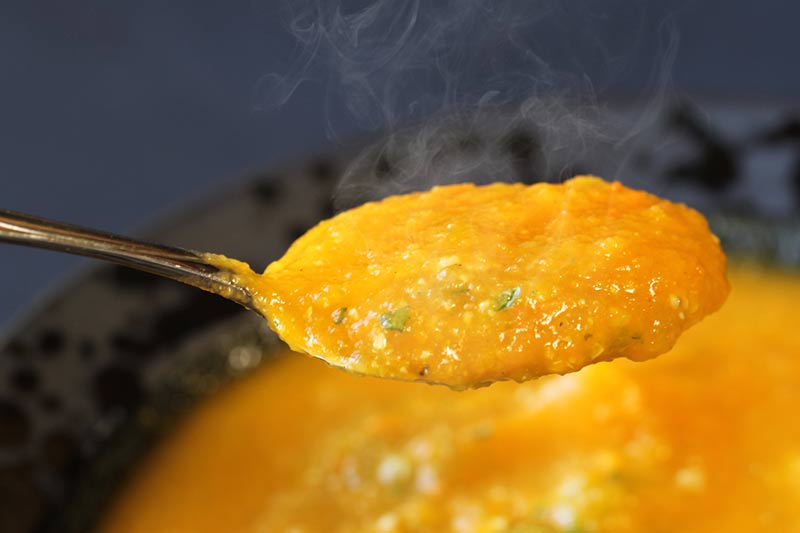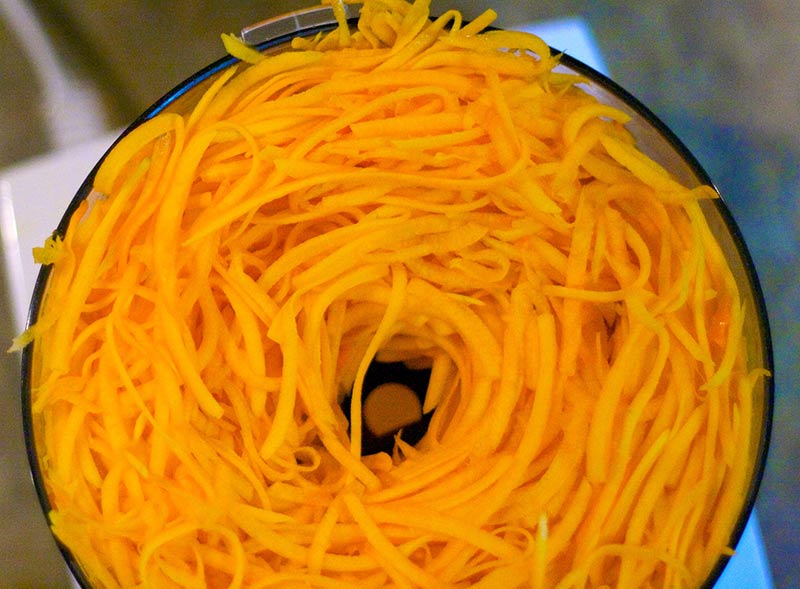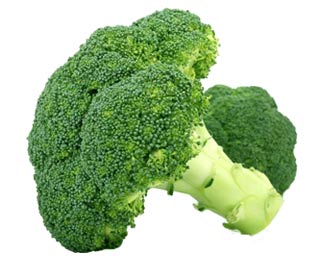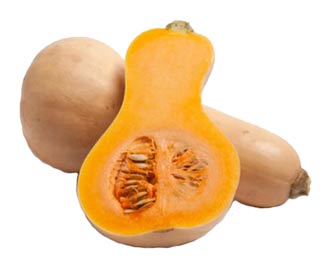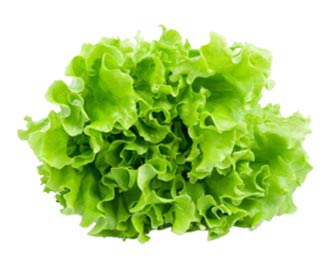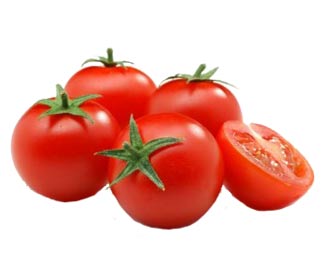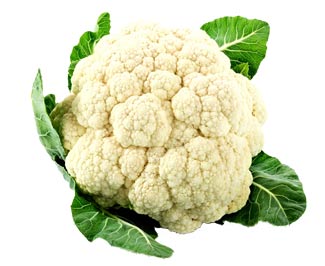
Butternut squash is a member of the Cucurbitaceae family. Its shell is hard and difficult to pierce, allowing it to keep for long periods (between one and six months).
The pumpkin’s pulp has a sweet taste and all varieties have hollow insides where the seeds are located. The butternut squash, or butter, is a pear-shaped variety with smooth and light hazelnut colored skin. The orange pulp is slightly sugary.
Butternuts can be prepared in almost every way and form. Whatever the option, pumpkins are always a plus in any balanced diet.
The best way to consume butternut squash is in soup, mashed potatoes, cakes and jams. It can also be consumed in the form of fillings, breads, puddings, sweets, stews, marmalades, jellies, souffles, etc.
When whole, store in a dry, dark place. If in pieces, store in the refrigerator wrapped in an adhesive wrap.
You should choose butternut squash that look fresh and not luscious.
Health Benefits
One of the benefits of pumpkins is without a doubt the fact that they are low in calories and at the same time rich in some vitamins such as C and A. Both of these vitamins are important for the proper functioning of the body and both play an important role in the metabolism of iron;
- Reduces the risk of cardiovascular disease;
- Helps to fight against obesity.
Origin: Portugal
Share this with your friends:










